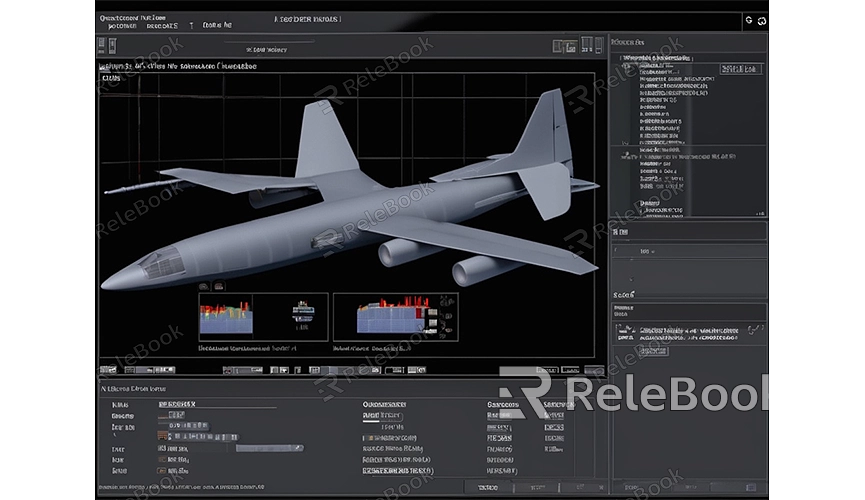How to Change Blender Render to Cycles Render
Blender is a powerful 3D modeling and animation software that offers various rendering engines for users to choose from. Among them, the Cycles rendering engine is highly praised for its realistic ray tracing technology and outstanding rendering results. In this article, we'll explain how to switch Blender's rendering engine from the default to the Cycles rendering engine and provide detailed steps and considerations.
1. Open Blender Software
First, make sure you have opened the Blender software and loaded the scene or model you want to render.
2. Access Rendering Settings
In Blender's interface, you can access rendering settings through the top toolbar or the right-side properties panel. Find the rendering engine option and click on the selection box to expand the available rendering engine list.

3. Select the Cycles Rendering Engine
In the rendering engine list, locate the Cycles rendering engine and click to select it. This will switch the rendering engine to Cycles.
4. Adjust Rendering Settings (Optional)
After switching the rendering engine, you can adjust rendering settings as needed. The Cycles rendering engine provides rich parameters and options, allowing you to adjust them according to your requirements to achieve the best rendering results.
5. Start Rendering
Once the rendering settings are adjusted, you can click the render button to start rendering. Blender will use the Cycles rendering engine to perform ray tracing rendering on the scene, generating high-quality images or animations.
Considerations:
Performance Requirements: Since the Cycles rendering engine uses ray tracing technology, rendering speed is relatively slow, and it requires high computer performance. For rendering large scenes, it's recommended to ensure sufficient computer performance and adjust rendering settings reasonably to balance rendering speed and quality.
GPU Acceleration (Optional): If your computer is equipped with a GPU that supports CUDA or OpenCL, you can enable GPU acceleration in the rendering settings to improve rendering speed. In the rendering settings, find the device option, and select your GPU as the rendering device.
Learning Resources: The Cycles rendering engine has rich features and parameters, with a potentially steep learning curve. It's recommended to refer to Blender's official documentation, tutorials, and community resources to better master the usage techniques and technologies of the Cycles rendering engine.
By following these steps, you can easily switch Blender's rendering engine to the Cycles rendering engine and start using its powerful ray tracing technology for rendering. If you need high-quality 3D textures and HDRI or 3D model downloads while creating models and virtual scenes, you can download them from Relebook and directly import textures and 3D models into your project for use.

